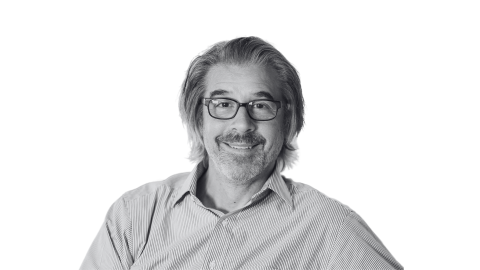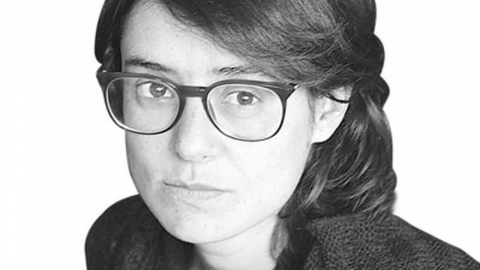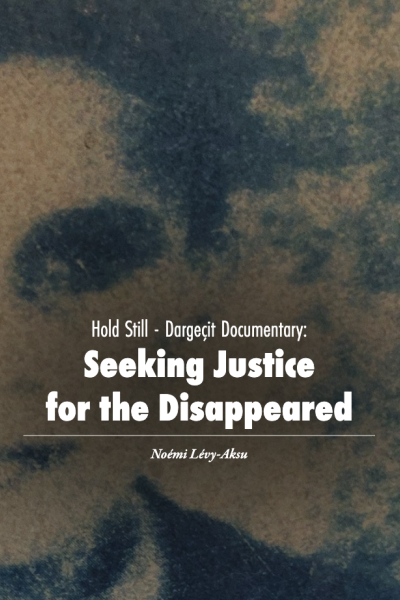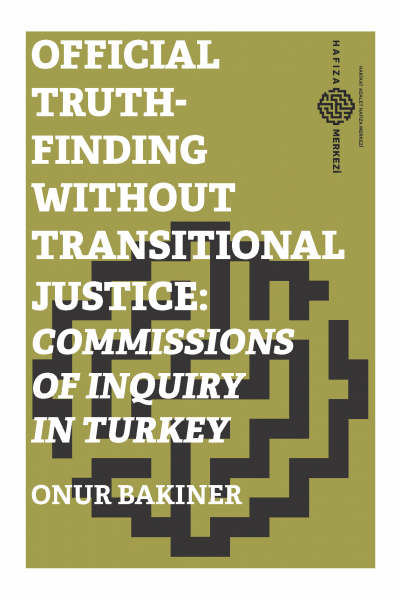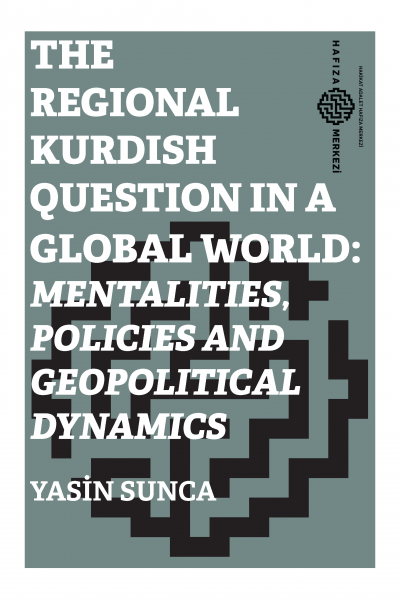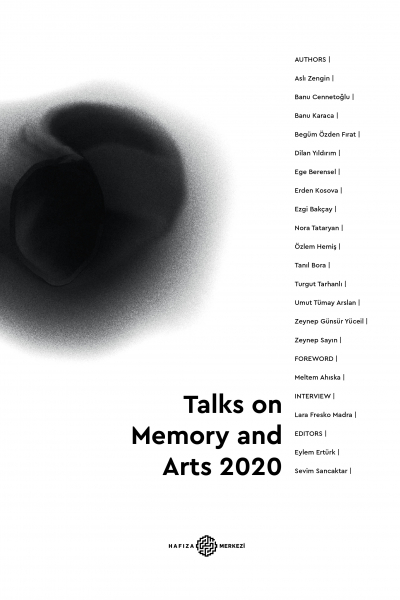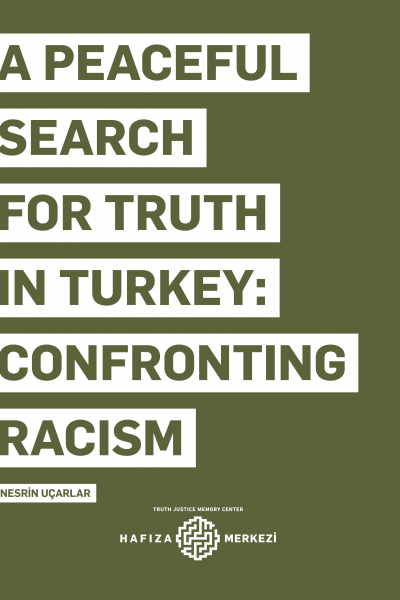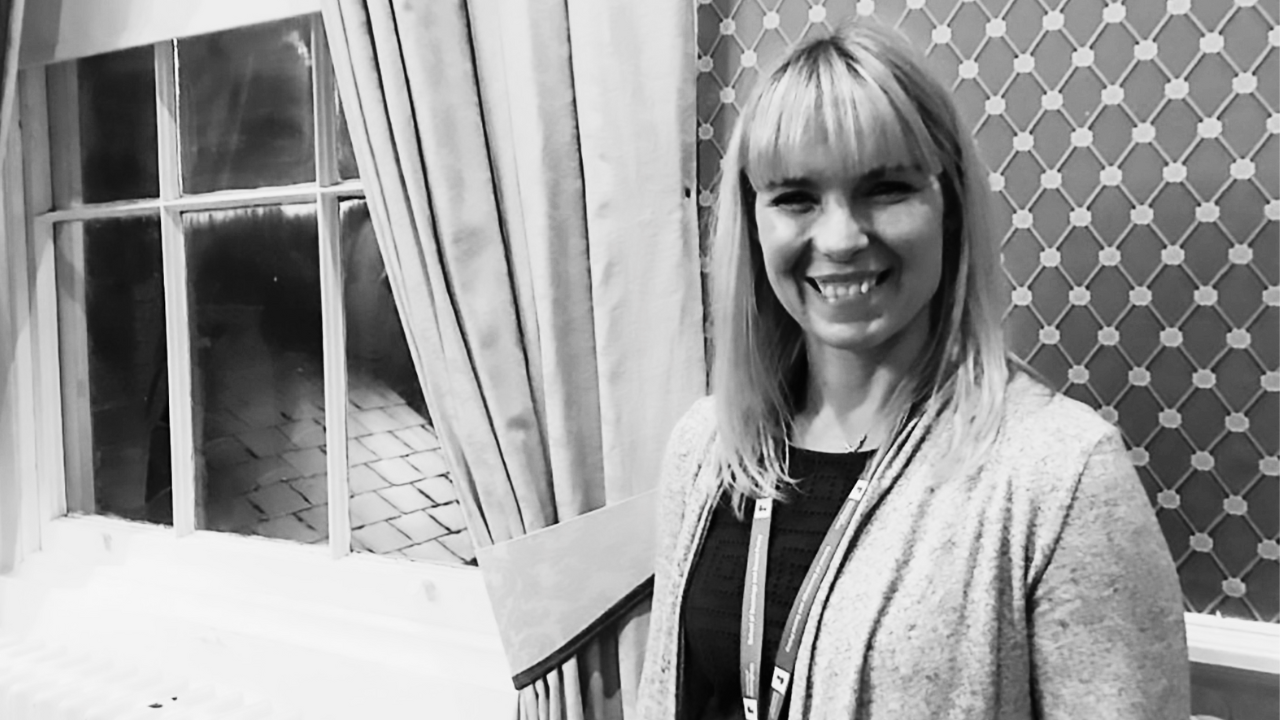
Restorative Justice Interviews (1): Structural dimensions of injustice and restorative dialogue
Interview: Noémi Lévy-Aksu
How did you become interested in restorative justice? What does restorative justice refer to in contexts of conflict or post-conflict?
When I first heard about restorative justice, I was a student doing an undergraduate criminology and psychology degree in South Africa, and we had an opportunity to get trained as restorative justice practitioners. I didn’t take that opportunity at the time because I believed that justice was only achieved through criminal justice. Since then, I have become an active proponent of restorative justice, although I remain critical of the rhetoric that surrounds it. In some mainstream discourses, particularly in transitional and post-conflict settings, restorative justice has become this elusive promise that if we forgive and we don't pursue prosecutions or punitive responses to people who have broken our families, our loved ones, our communities, then we will move forward together and have a much safer, unified future. Unfortunately, that doesn’t always happen in reality and this leads restorative justice to become closely linked with the idea of impunity.
In countries that have gone through conflict or war, restorative justice tends to emerge in three different ways. The first is in relation to any institutions that are established for nation-building purposes, because there is an attempt to demarcate the future from what has happened in the past. Restorative justice provides us with wonderful language, and it has roots in religion, using notions of forgiveness and mercy, apologies and repentance or remorse. When restorative justice is used in this way, I think that people focus on those outcomes without necessarily understanding how we get from the place where we are to those elusive outcomes.
Restorative justice is also being used by governments to reform their institutions, such as policing, courts, and prisons, which were instrumental in the conflict and dominating particular segments of society during the previous regime. Restorative justice has been used to reform those institutions to signal a departure to a more democratic and inclusive approach to dealing with crime. South Africa, the Czech Republic, Northern Ireland, and some countries in Latin America have reference to restorative justice principles and/or restorative justice processes in youth justice legislation. This is similar to the implementation of restorative justice in criminal justice internationally. Governments are more open to non-punitive measures for children who break the law, because children are the future, and we can be much more accepting of not being very punitive when we are dealing with children as opposed to adults.
Finally, particularly in cases of inter-communal conflicts and contexts where there is a state vacuum in communities, we see the development of community justice-based mechanisms that draw quite heavily on restorative justice.
What is the main objective of those different approaches to restorative justice? And what are the main challenges they face?
The common theme that runs through all three levels described is the prevention of additional harm, and communication. We need to create opportunities for people to come together and to talk about what has happened, focusing on how we got there, rather than on the incidents themselves. In countries that have fractured relationships between different groups of people, or between the state and different communities, we have to focus much more broadly on the history that has led us there, and the on narratives that are used to “other” or stigmatize groups of people.
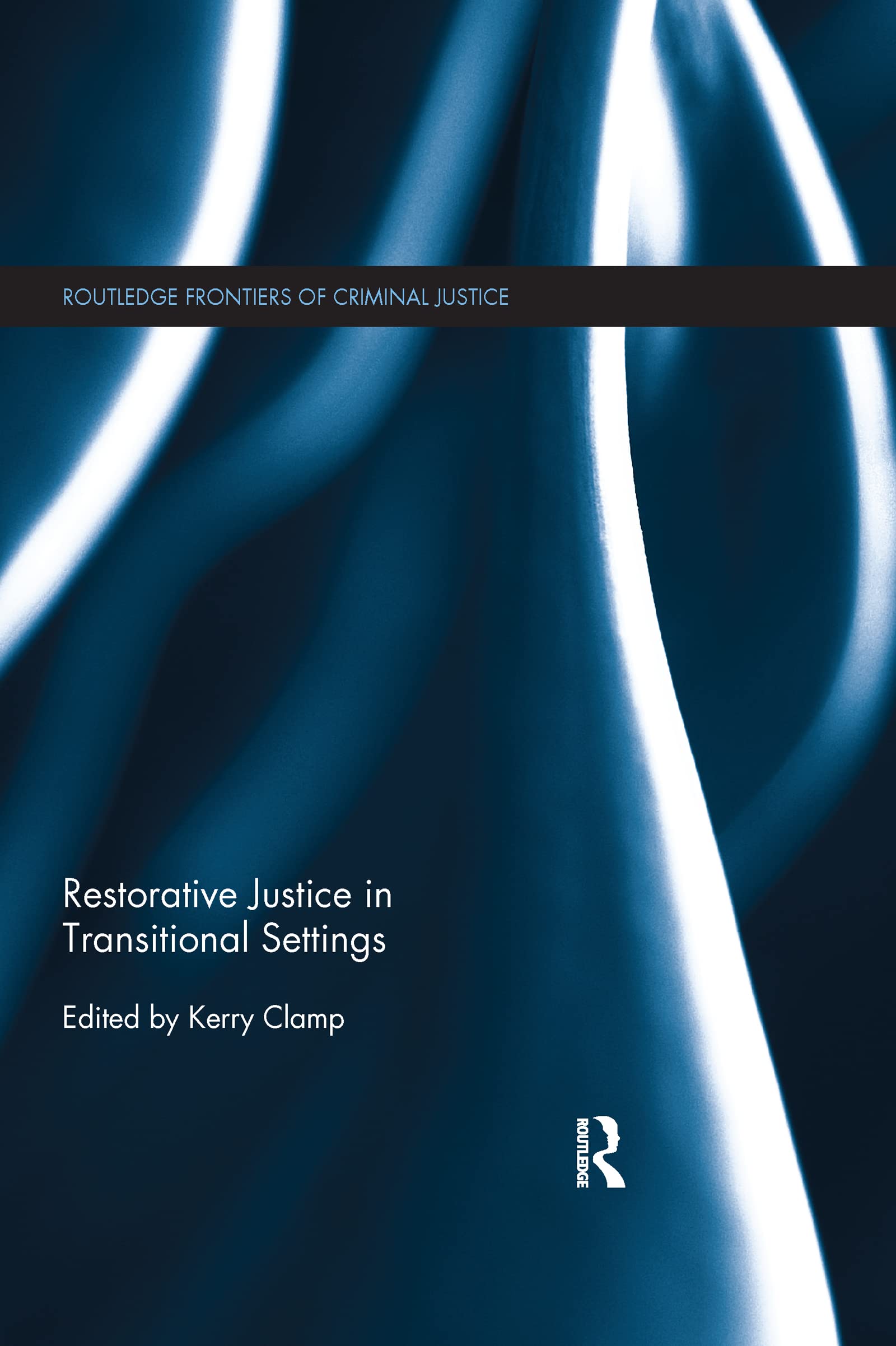
It is very difficult to break those barriers down, particularly when you are talking to people who have lost families or communities. Research has shown that when victims don't feel that they have been vindicated or acknowledged, they can be very punitive. But we also find that when their offenders are sent to prison or punished, victims don't feel better to the extent they thought they would. That is what ends up bringing people to restorative justice.
Very often people see restorative justice in a simplistic way, with offenders saying that they are sorry and victims forgiving them. But this is not necessarily true, an offender does not have to be completely remorseful and victims do not have to forgive them. We saw that when Desmond Tutu did a range of interviews in Northern Ireland that was televised called ‘Facing the Truth’. In one of them, he interviewed a young girl and an ex-paramilitary who had set the bomb which killed her father. In that program, the perpetrator said to her, “I am not sorry for what I did, but I am sorry that you lost your dad”. That is particularly relevant in countries where we have large scale conflicts and where acts are committed because of a perceived injustice against that community. Very often violence is a last resort, not a first resort.
Developing restorative justice in these settings is extremely difficult, but we have many examples around the world, in Spain with ETA, or in Italy or Polynesia, where families from different sides come together and talk about their loss, their pain, and how senseless it is. Developing a shared humanity can be quite cathartic.
What are the methods to build a dialogue between different communities or perpetrators and victims?
Most initiatives start at a micro level, with people having conversations quietly with different communities, nudging people together. You don't have to start with everybody coming together, you just need to find those first followers: people who are from different communities, who are willing to talk about their experiences, but who are also willing to listen to the experiences of others and to find the common humanity in each other.
In Colombia, for example, which is currently going through a peace process, there is still ongoing violence and some people have signed up to it and others haven't. When they did their referendum on the current peace process, 50.2% of people voted against it and 49.8% voted in favor. Interestingly, when you look into those statistics, the people that are against the process are mostly living in larger urban communities who are, for the most part, unaffected by the conflict. The people that are for it are from more rural communities who have suffered extensively from guerrilla warfare and offenses committed by state military.
We always need to be nuanced and to acknowledge that not everybody is going to feel the same way. Certain things can be triggering emotionally and can create quite a groundswell of negative reaction or opposition to something that is being proposed. It doesn’t take a lot of money or a particular program, it is more about identifying the key people of a community and having conversations with them about what they perceive to be the reasons why things have happened and to discuss their consequences.
You may know the restorative justice question cards. You have particular questions that you frame to victims and particular questions that you frame to perpetrators. Those questions can be really useful to draw people into difficult conversations because they’ve been developed on the basis of psychological theory. These are broad, open questions, which stay away from asking people about their feelings. These questions lead a person into a conversation, it takes them to the height of emotion, but then helps them get back down to a more rational state again, with a natural flow. Using those questions to engage in dialogue keeps people open and ensures that they don't get defensive at any point.
To create this space of dialogue, it is more fruitful to focus first on general questions, than to start with the harm itself. You cannot have a conversation about the threat and harm, and expect people not to feel threatened. It is smarter to start a conversation that isn't threatening and then build our way up towards the harm that was done. What are challenges that all face? What kind of a society would we like to live in? How do we get there? Those are very different conversations, and they don't shut down participation by any group.
Whenever we have an adversarial process, whether that is transitional justice or criminal justice, there is a victim and there is a perpetrator, and whoever is involved is separated into “us” and “them”. That is the limitation of transitional justice and restorative justice in their current conception, particularly in settings where there is large-scale victimization. We need to move away from that mindset and be conscious that we are using a language which is unintentionally “labeling” and “othering”.
To what extent is this restorative dialogue related to the idea of justice?
Justice is not limited to criminal justice. We have much broader notions of justice, such as social justice, relational justice, which are inclusive and which bring people together. What restorative justice does is that it creates an opportunity for all of us to be treated with dignity and respect, but also when things go wrong to have those open conversations in a way that emulates dignity and respect to ensure that we reduce the chances of it happening again, rather than creating more injustice.
We need to take a step back to think about how injustice is created in our societies. It is necessary to address structural violence: What keeps particular groups of people in the shadows of other groups; what ensures that they are almost set up to fail. We see that this injustice is stitched into the fabric of our education systems, our welfare systems, our criminal justice systems.
A process that is designed to deliver specific outcomes, like reconciliation, will not work. We know that at least 50% of all conflicts that go through a peace process lapse back into conflict within five years and “reconciliation” has been an orienting concept in transitional justice almost since its inception. This means that we need to be having a different conversation about our society, whatever country, religion, culture we are dealing with. We need to discuss what creates injustices, what isolates or polarizes people with particular views or beliefs, or particular ways of acting and behaving.
In some settings, for instance in the Northern Ireland case or in South Africa, people picked up arms because the peaceful ways that they attempted to be equal in society did not work. In these cases, violence happens, but it is very often an effort to secure the rights you believe you should have as an individual or a community. It is very difficult in those settings to consider individuals as actors separate from their political identity. You need to address the communal reasons for actions and behaviors. Then, you can question what went wrong. What are the conditions that led to these consequences and this fallout? How can we minimize those conditions from happening again? The behavior is the consequence of these conditions, so we should focus on tackling those underlying injustices, threats, insecurities, preconceptions to get to a thicker peace. This is challenging, but you can only do this through dialogue.
Could you give us an example of a successful restorative justice experience?
I would like to refer to an article by Coates and his colleagues, which presents a case of community mediation in a school of Minnesota.* They dealt with racist incidents happening at a school through a restorative response. What they did not do is single out the person or the group of white people who beat up black children. They brought the community together - around 200-participants - and they facilitated a conversation around what it is like to be in this community as a white person, as man, a woman, as a child, as a person of color. They were able to shift the behavior and interactions that were happening by having that much broader conversation. What is it like to be in this community for you? What kind of a community would you like to live in? Interestingly, there were similarities between the perpetrators and the victims in terms of their experiences of living in that community. Both felt threatened, but they actually wanted similar things. When we are having those broader conversations, we see the humanity in each other, and we can foster those connections and relationships.
Let me be unequivocal in clarifying any potential misinterpretation: I am not excusing the behavior, nor am I suggesting that it is acceptable. Furthermore, I am not advocating for turning a blind eye to the events that have transpired. What I am asserting is that in order to enact genuine change, foster enduring peace, and establish equitable relationships, we must adopt a different approach. It is evident that our current methods are ineffective. I view restorative justice, in its broadest sense, as a pathway to achieving that peace. It invites everyone to engage in a dialogue aimed at charting a course toward resolution and identifying the necessary actions, by all stakeholders, to halt the cycle of senseless violence and loss perpetuated by the relentless division of society into winners and losers. In the end, such division only leads to collective loss for us all.
* Coates, Robert B., Mark S. Umbreit ve Betty Vos. “Responding to Hate Crimes through Restorative Justice Dialogue.” Contemporary Justice Review 9, no. 1 (2006): 7–21. doi:10.1080/10282580600564784.
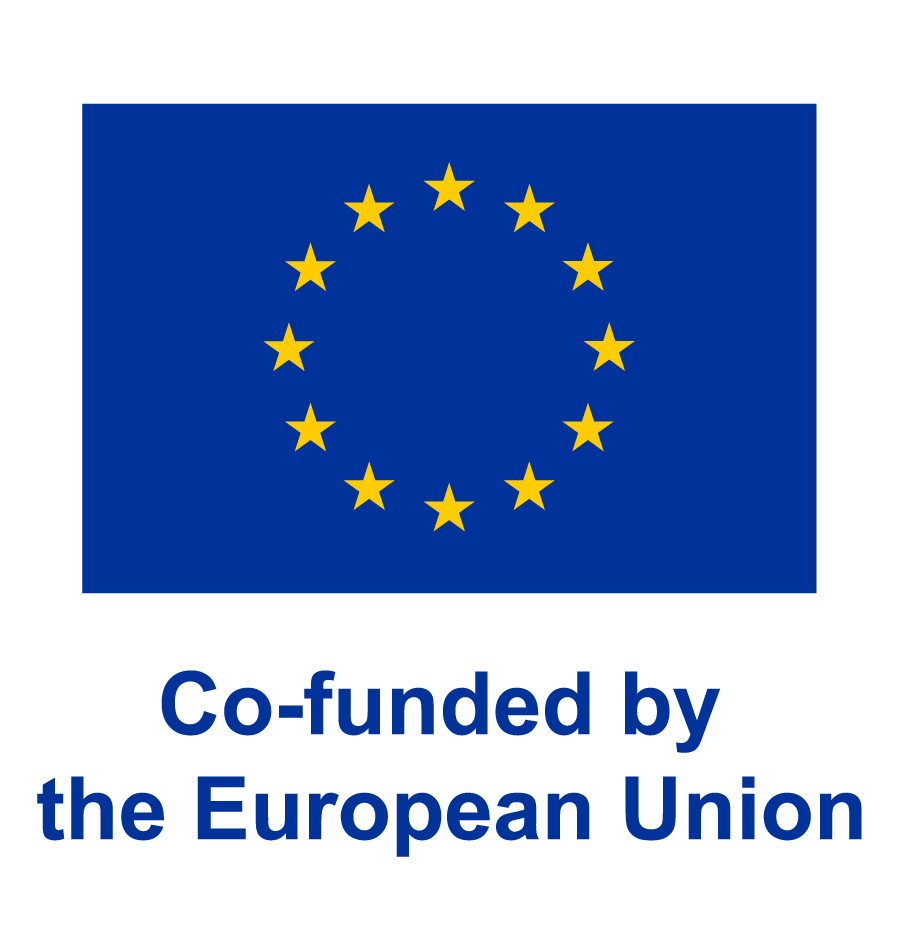
This interview is carried out with the support of the European Union through the Justice Heals project. Its contents are the sole responsibility of Hafıza Merkezi and do not necessarily reflect the views of the European Union.
